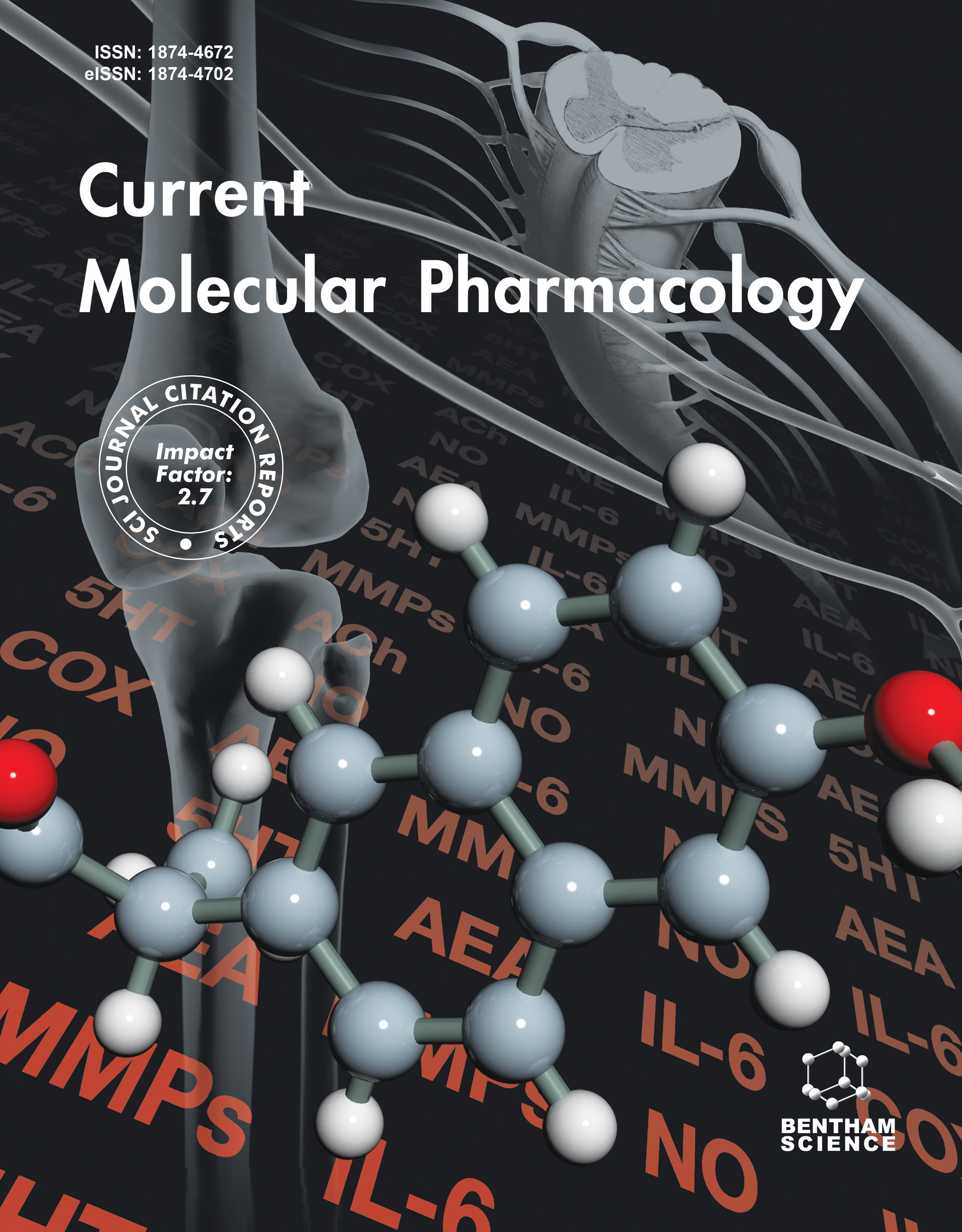
-
oa Upregulation of miR-3130-5p Enhances Hepatocellular Carcinoma Growth by Suppressing Ferredoxin 1: miR-3130-5p Enhances HCC Growth via Inhibiting FDX1
-
-
- 19 Dec 2024
- 19 Feb 2025
- 17 Mar 2025
Abstract
Hepatocellular carcinoma [HCC] is a leading cause of cancer-related mortality worldwide, necessitating the exploration of novel therapeutic targets. Although accumulating studies have identified Ferredoxin 1 [FDX1], a key regulator of cuproptosis, as a candidate tumor suppressor and potential therapeutic target, its role and mechanism remain elusive in HCC.
The FDX1 expression was investigated in human HCC tissues and cell lines. Potential microRNAs targeting FDX1 were predicted by bioinformatic analysis and validated using qPCR screening, a dual luciferase reporter assay, MiR-3130-5p and miR-1910-3p mimics and inhibitors, overexpression plasmids, and xenograft nude mouse model. The correlation between miR-3130-5p/FDX1 axis and HCC patient prognosis was analyzed by using Kaplan-Meier survival analysis.
We demonstrated that the expression of FDX1 was downregulated in human HCC tissues and cell lines compared to non-cancerous counterparts, and the downregulation of FDX1 was associated with poor overall survival in HCC patients. Subsequent bioinformatic analysis and experimental validations showed that FDX1 expression was reduced by microRNA [miR]-3130-5p mimic while induced by miR-3130-5p inhibitor. Further, miR-3130-5p was upregulated in HCC tissues and cells, correlating with a poor prognosis of HCC patients. Besides, lentivirus-mediated overexpression of miR-3130-5p significantly enhanced HCC growth in xenograft nude mouse models. Mechanistically, it was demonstrated that miR-3130-5p inhibited FDX1 expression via binding to its 3' untranslated region [3' UTR], while overexpression of FDX1 counteracted the promoting effect of miR-3130-5p on HCC cell proliferation.
These findings suggest the miR-3130-5p/FDX1 axis as a prognostic biomarker as well as a potential therapeutic target in HCC.

